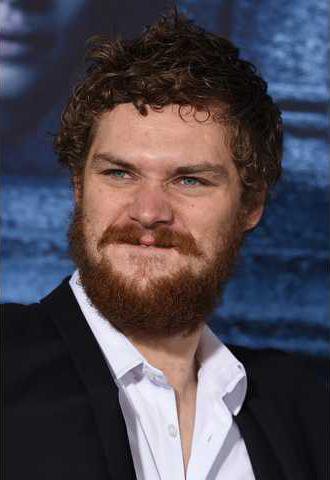Yes. I’ve watched all 13 episodes of Marvel’s “Iron Fist” on Netflix already. They were just released on Friday. I have no excuse. I realize this was not a wise use of my time. I think it’s easily the weakest of the Marvel Netflix shows, and I’m not alone in that opinion. As of this writing, “Iron Fist” (TV-MA) holds a dismal 19 percent rating on RottenTomatoes.com, which means that 81 percent of the critics essentially agree with me.
But here’s the thing: RottenTomatoes.com also includes an audience score that takes into account the opinions of actual viewers. Right now, the audience score is 85 percent, demonstrating a massive disconnect between critics and everyone else.
Why the disparity? What is the audience seeing that the critics are not?
Perhaps some of the blowback stems from the controversy over the casting of Danny Rand, portrayed by “Game of Thrones” veteran Finn Jones. Given that Danny spends a great deal of time spouting mystical Asian aphorisms, many thought it would be wise to cast an Asian actor in the role. That’s a valid concern, even though Rand is just as blond and blue-eyed in the comic books as Jones is in real life. For my part, I had no problem with Jones’ ethnicity; I was just bothered by the fact that he wasn’t very good.
To be fair, however, he wasn’t given a great deal to work with, script-wise. “Iron Fist” relies on a number of tired superhero tropes and does nothing to breathe new life into them. How many times have we seen a wayward billionaire child return to civilization after a lengthy absence spent in superheroic training sessions? “Batman Begins” already had this covered, and so did “Arrow.” Why do we need “Iron Fist” to tell what is essentially the same story, especially since it doesn’t tell it nearly as well?
There’s also the problem of the show’s ridiculous villain. David Wenham plays Harold Meachum, the guy pulling the strings at the Rand Corporation in Danny’s absence. Meachum died of cancer before the show began, but then he was miraculously resurrected by a shadowy cult known as the Hand, and he spends all his time locked up in a penthouse, scheming schemes and chewing scenery. Wenham’s portrayal is much hammier than anything we’ve seen in Marvel’s previous efforts. I kept waiting for him to grow a mustache just so he could twirl it. He made it very hard to take the whole thing seriously.
Indeed, I found that the overall tone of “Iron Fist” was its most jarring drawback. Marvel’s other Netflix productions have been gritty and grounded by a concrete sense of time and place. “Daredevil” is an icon of Hell’s Kitchen, and in “Luke Cage,” the Harlem location was almost a character in and of itself. In contrast, “Iron Fist” gives us a New York City that seems more cartoon than reality.
And perhaps that may explain the disconnect between regular viewers and critics. After all, aren’t comic book stories supposed to feel like cartoons? “Iron Fist” is certainly the most comic book-like of all the Netflix shows, and that plays into audience expectations. I can usually appreciate comic book silliness, but I think it works against Marvel’s purposes here. Danny Rand is going to team up with Daredevil, Luke Cage and Jessica Jones for a series called “The Defenders,” and Danny is the only cartoony hero in the bunch. Imagine if the Avengers had to team up with the goofy version of the Batman from the 1966 Adam West series. That’s overstating the problem, but not by much.
Still, to each his own. If you watch it and enjoy it, then good for you. But for my part, I want those 13 hours of my life back.
Why does Marvel's 'Iron Fist' divide audiences and critics?





